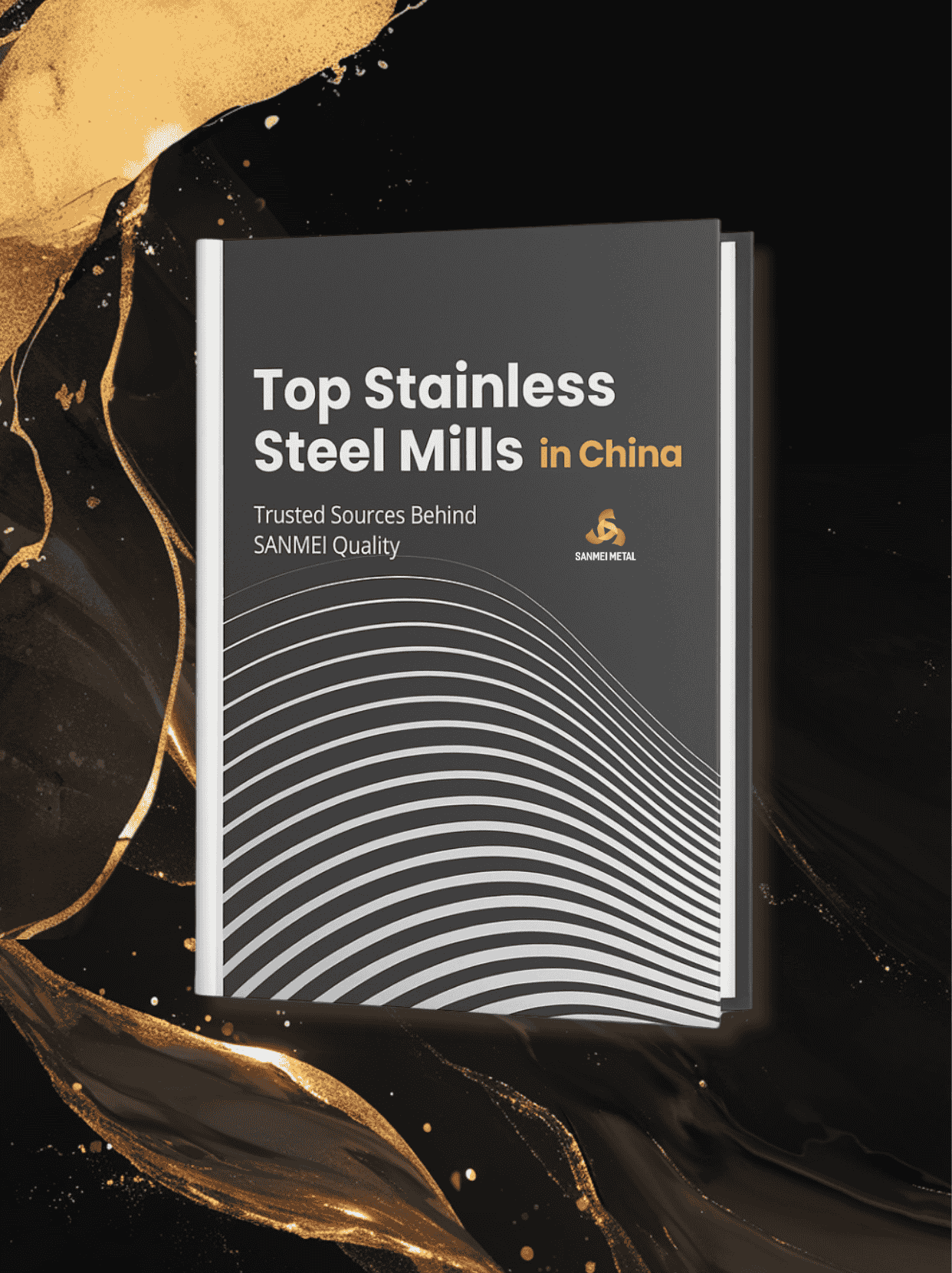
Get Your FREE Access: China’s #1 Steel Mill Dossier
Buyer-Oriented: Match mills by grade/finish/width-thickness/application
BAOWUTsingshanLiscoTisco
We offer a full range of stainless steel coils with basic mill finishes, including No.1, 2B, and BA, available in coil grades such as 200 series, 300 series, 400 series, and duplex stainless steel. Each finish is tailored for specific applications to ensure optimal performance and durability.
| Coil Bisic Surface Finsh | Appearance | Processing Method | Main Applications |
|---|---|---|---|
No.1 Kow More No.1 Finish | Silver-white, dull | Hot rolling, heat treatment, and pickling | Industrial tanks, chemical equipment |
No.2B Kow More 2B Finish | Smooth, slightly glossy | Light cold rolling after No.2D | General-purpose use, commercial products |
BA (Bright Annealed) Kow More BA Finish | Mirror-like gloss | Bright annealing and light cold rolling | Household appliances, kitchenware, decorative items |
Sanmei Metal utilizes advanced technologies such as continuous coil 8K polishing, hairline brushing, and PVD coating, significantly improving production efficiency while eliminating color inconsistency issues commonly found in traditional sheet-by-sheet processing. This process ensures stable color uniformity, reduces energy consumption per unit, and lowers production costs, making large-scale processing more efficient and cost-effective.

Sanmei Metal can provide decorative stainless steel sheets, including 8K, Hairline, Stamped, PVD color coating, Antique, Anti-Finger Print, Laminatd, Emboss ect.
The entire process is handled by a dedicated person to reduce information gaps and time during handovers.

Headquarters:
Creating Center, No.142, Yuhe Road, Lecong Town, Shunde District, Foshan City, Guangdong Province, China. 528315
Factory: Liyuan Logistics City, Chencun Town, Shunde District, Foshan City, Guangdong Province, China. 528313
Australia Local Support Base: (Yatala, QLD) – Coming 2026